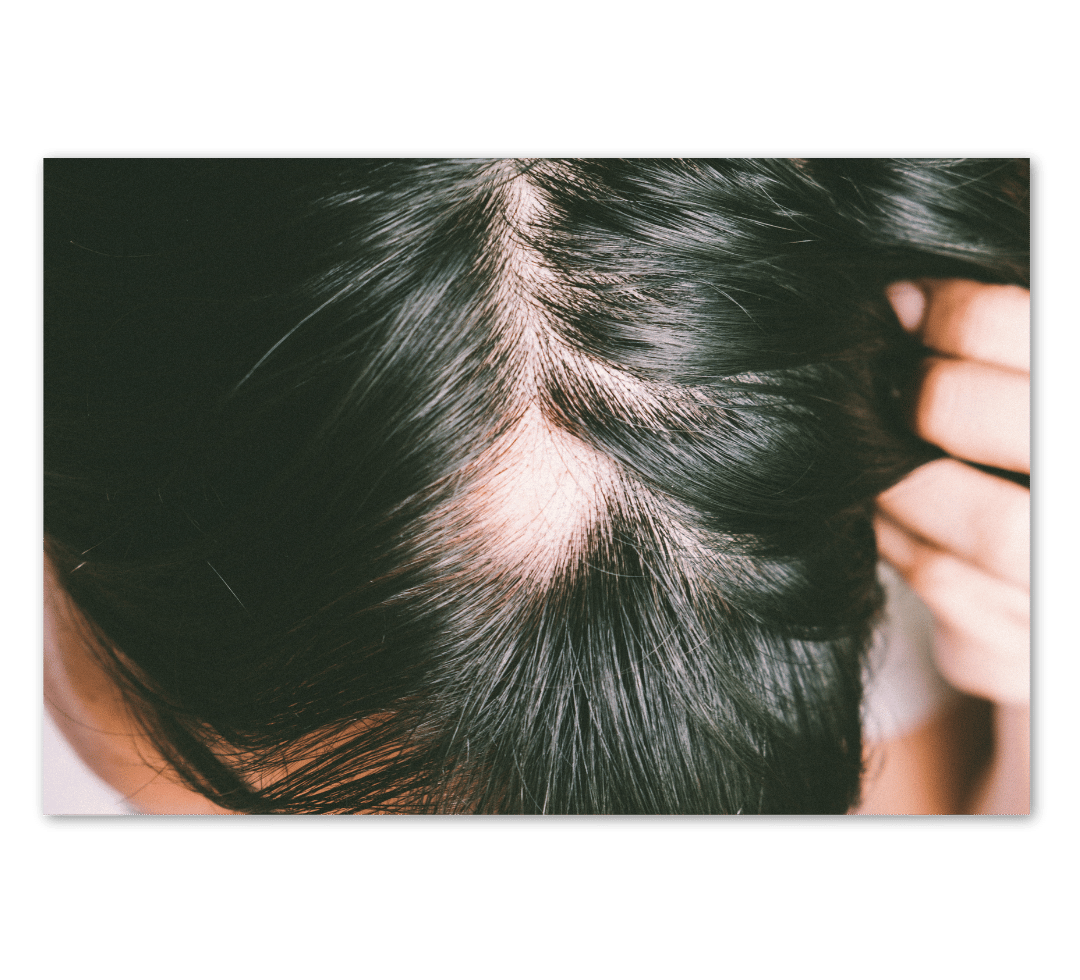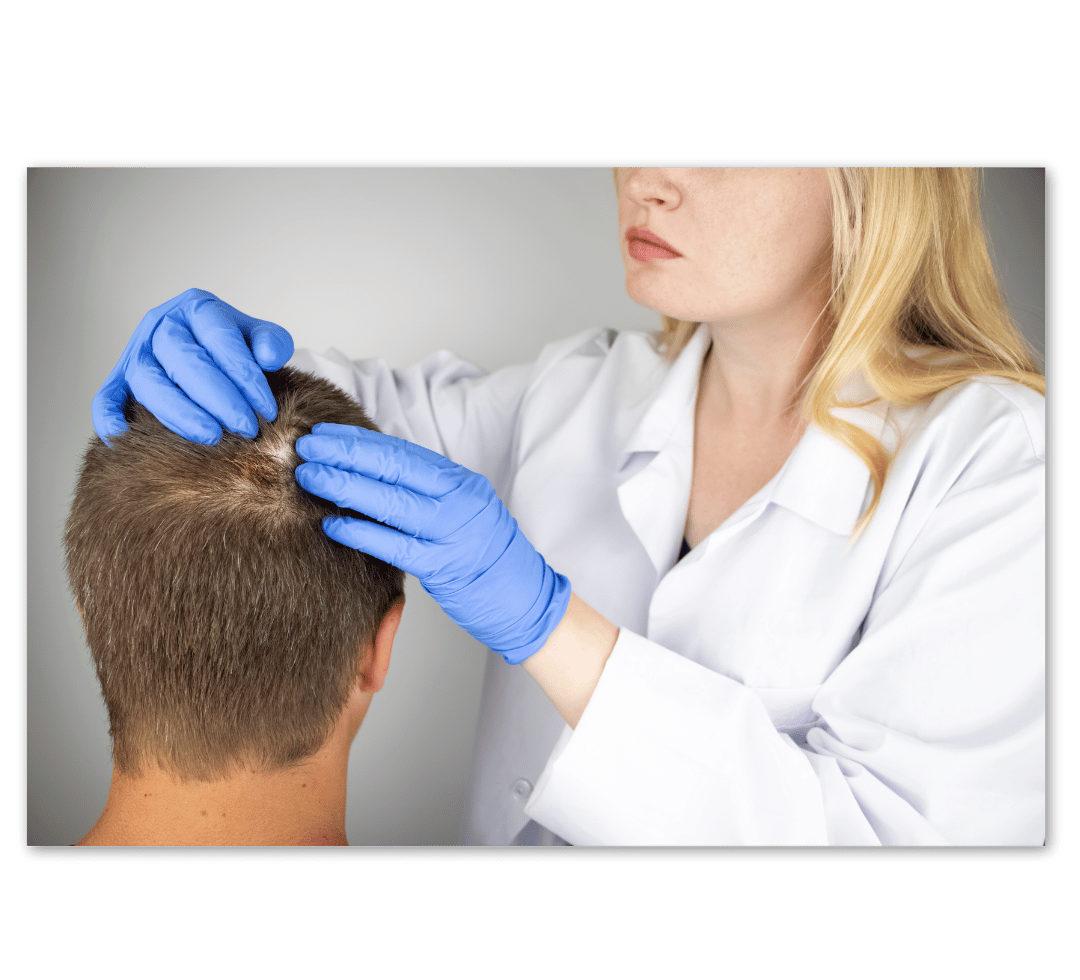ALOPECIA AREATA EXPLAINED
AND WHAT TRIGGERS IT
Elevate Your Healthy Living

HELLO!
We’re thrilled to have you join us on this exciting journey toward a healthier, more vibrant you.
At Vital Life, we believe that everyone deserves access to effective health and wellness tips that are easy to integrate into everyday life.
Whether you’re looking to shed a few pounds, boost your energy levels, or simply maintain a balanced lifestyle, you’ve come to the right place!
Discover how understanding this condition and embracing solutions can revitalize your hair, restore your confidence, and boost overall wellness with transformative, science-backed insights.
Definition
Alopecia areata is classified as an autoimmune disorder where the immune system mistakenly attacks the hair follicles, resulting in hair loss in round patches.
This can occur on the scalp, beard area, or any other part of the body.
Prevalence
You might be wondering how common this condition is. Studies show that alopecia areata affects about 2% of the global population at some point in their lives.
This condition can begin at any age but typically appears during childhood or early adulthood. While the physical aspects of the disease are visible, it is crucial to also recognize its profound emotional impact on those affected.
SYMPTOMS OF ALOPECIA AREATA
The most recognizable symptom of alopecia areata is hair loss, which manifests as small, round patches of baldness on the scalp or other areas of the body.
Interestingly, the skin in these patches usually appears healthy—there's no redness or scaling present.
In addition to hair loss, some individuals might experience changes in their nails, with common symptoms including pitting, ridges, and even white spots.
The emotional ramifications can be distressing; individuals dealing with alopecia may experience anxiety, low self-esteem, or depression due to societal pressures surrounding appearance.

TRIGGERS OF ALOPECIA AREATA
Genetic Factors
The exact cause of alopecia areata remains largely unknown; however, researchers suggest that genetics play a critical role in its development.
If you have a family history of autoimmune diseases—such as lupus or thyroid disorders—you may have an increased risk.
Environmental Factors
Environmental factors also contribute to its onset. For instance, viral infections can sometimes trigger alopecia areata; notable examples include infections caused by viruses such as Epstein-Barr. Furthermore, stressful life events—be they emotional or physical—can serve as catalysts for this condition.
Dietary Factors
Some emerging research points toward dietary factors playing a role in alopecia areata as well. Deficiencies in vitamins such as Vitamin D or B12 have been linked to hair loss conditions; thus, maintaining a balanced diet is essential for overall health.
DIAGNOSIS
If you suspect you have alopecia areata, consulting with a healthcare professional for a proper diagnosis is crucial. Typically, doctors conduct a physical examination and may ask about your medical history and family background. In some cases, blood tests or a scalp biopsy may be performed to rule out other conditions that could cause hair loss.
Understanding that alopecia areata is not merely cosmetic but an actual medical condition can help reduce stigma around it and encourage affected individuals to seek appropriate care.

TREATMENT OPTIONS
Corticosteroid Injections
Corticosteroid injections into the affected areas are among the most common treatments used to reduce inflammation and stimulate hair growth.
Topical Treatments
Topical treatments such as minoxidil may also be effective for some individuals; however, results can vary widely from person to person.
Oral Medications
For more severe cases that do not respond to topical treatments, oral medications affecting the immune system might be prescribed.
Immunotherapy
For those who experience widespread hair loss and do not respond to conventional therapies, options like immunotherapy can be considered. This treatment involves exposing your scalp to allergens in order to stimulate an immune response that promotes hair regrowth.
Cosmetic Solutions
Individuals struggling with significant hair loss who desire immediate results may consider wigs or cosmetic solutions such as scalp micropigmentation for both physical and emotional relief.
EMOTIONAL WELL-BEING AND SUPPORT
Living with alopecia areata often requires addressing mental health alongside physical health. It's essential to engage in open conversations with loved ones about your feelings regarding hair loss and seek support when needed.
Therapy or counseling can provide coping strategies tailored to your emotional needs.
Joining support groups—whether online or in person—can also help build a community around shared experiences. Knowing you're not alone can be incredibly empowering and comforting during challenging times.
LIFESTYLE CHANGES
Incorporating healthy lifestyle changes can also aid in managing alopecia areata:
Stress Management: Techniques such as mindfulness meditation or yoga can help reduce stress levels—a potential trigger for flare-ups.
Balanced Diet: Maintaining a diet rich in vitamins and minerals is equally important; consider incorporating foods high in antioxidants and omega-3 fatty acids into your meals.
Regular Exercise: Regular physical activity has shown promise in reducing stress while improving overall well-being.
Stay Informed: Staying aware of ongoing research related to alopecia areata helps empower you with knowledge on potential future treatments and advancements in understanding this condition.

Understanding alopecia areata—from its triggers to symptoms and management strategies—is essential for those affected by this condition.
Remember that you're not defined by your hair loss; it’s just one part of who you are.